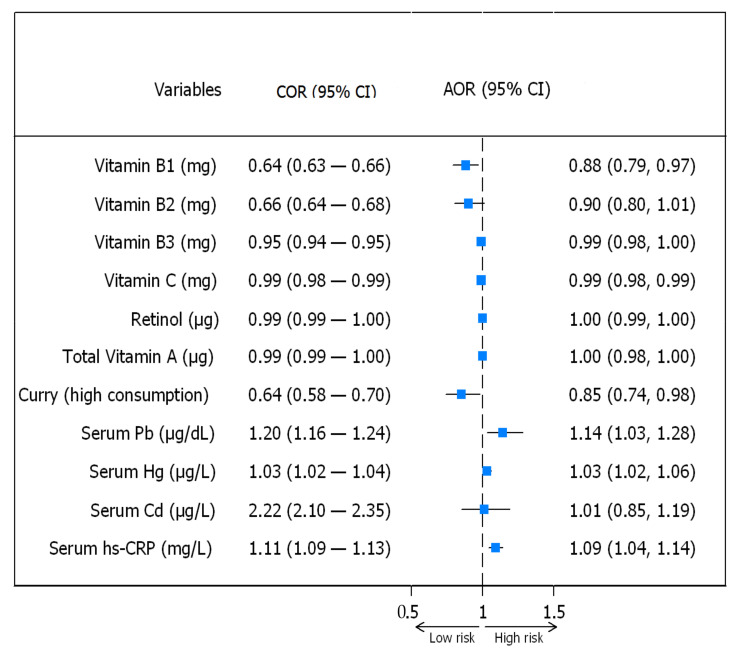Metabolic syndrome may as well be called pre- pre-diabetes...
Fortunately, many things can be done to reverse that headlong dive into type 2 diabetes.
Metabolic syndrome (MetS) is a collection of metabolic disorders—that is, insulin resistance, dyslipidemia, central obesity, and hypertension—and a risk factor for the development of type 2 diabetes and cardiovascular diseases.
Metabolic syndrome is characterized by having 3 or more of the following 5 risk factors:
- Elevated waist circumference (WC ≥80 cm in women and WC ≥ 90 cm in men)
- Elevated triglycerides (TG ≥ 150 mg/dL or receipt of medication for elevated triglycerides)
- Low high-density lipoprotein cholesterol (HDL-C < 50 mg/dL in women, HDL-C < 40 mg/dL in men or receipt of medication to increase HDL-C)
- Elevated blood pressure (systolic blood pressure ≥ 130 mmHg and/or ≥85 mmHg diastolic blood pressure or on antihypertensive drug treatment and a history of hypertension)
- Elevated fasting glucose (≥100 mg/dL or receipt of medical treatment for elevated glucose)
In one study of 60,256 individuals, metabolic syndrome was also associated with
- Higher consumption of high-saturated-fat and high-energy diets
- Low intake of fruits and vegetables
- Overuse of tobacco and alcohol
- Sedentary lifestyle
- Oxidative stress
- Environmental pollutants
- Exposure to heavy metals, e.g., lead, mercury, and cadmium
- Smoking, pollution
- Inflammation, elevated hs-CRP
The risk of metabolic syndrome was decreased with
- A healthy diet that includes fresh fruit and an abundance of vegetables, including green vegetables
- Curcumin, high intake of curry
- Balanced multivitamin and mineral intake including B complex (especially B1, B2, and B3), vitamin C, and vitamin A
- Regular exercise

Reference: Duc, Hai Nguyen et al. “Effects of Antioxidant Vitamins, Curry Consumption, and Heavy Metal Levels on Metabolic Syndrome with Comorbidities: A Korean Community-Based Cross-Sectional Study.” Antioxidants (Basel, Switzerland) vol. 10,5 808. 19 May. 2021, doi:10.3390/antiox10050808 https://www.ncbi.nlm.nih.gov/pmc/articles/pmid/34069726/ This article is an open access article distributed under the terms and conditions of the Creative Commons Attribution (CC BY) license (https://creativecommons.org/licenses/by/4.0/).
Naturopathic and Functional Medicine Insights
Decreasing the risk of chronic diseases such as type 2 diabetes, metabolic syndrome, and cardiovascular disease takes an "all hands on deck" approach that includes
- A healthy, balanced diet of whole, unprocessed foods and plenty of purified mineral-rich water
- Supplementation to fill in the nutrient gaps
- Reduce or eliminate processed foods and toxins
- Daily physical activity and weekly structured moderate-intensity exercise
- An effective stress management approach that may include deep breathing, meditation, mindfulness, yoga, and music therapy
- Healthy social interaction and communication
- Evaluation and monitoring of blood chemistry parameters accompanied by the early intervention of suboptimal biomarkers
